The Shade Sail Boutique UK
Elegant sun protection from AustraliaCatalogue - Triangle Shade Sail
'Coolaroo Everyday' 3m
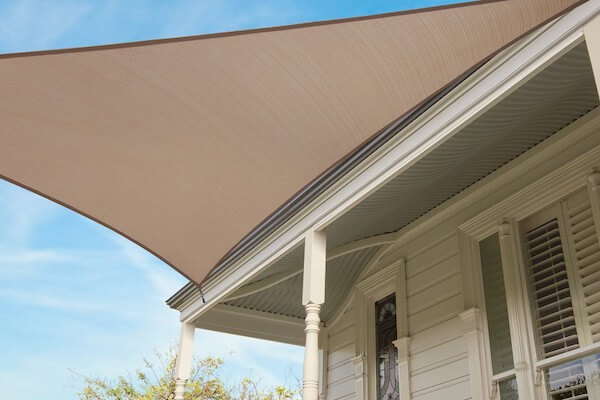
Reference : CEVERTR300 |
|||
|
|||
|
Price : £ 70.00 FREE Delivery All taxes included |
|||
|
|
|
Created to respond to the challenges of the Australian climate, Coolaroo's Everyday range of Shade Sails create a fresh shade while blocking 95% of the suns harmful UV rays.
Designed for small to mid-size outdoor areas, the Everyday shade sails are available in a variety of shapes, sizes and colours. These shade sails most often used to create shade for gardens and children's play areas, but are also frequently erected to shade cars and even boats and to protect these from the heat and discoloring..
|
Picture Gallery
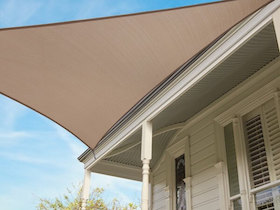
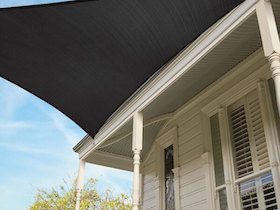
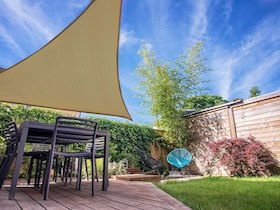
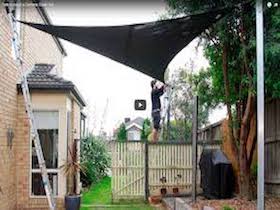
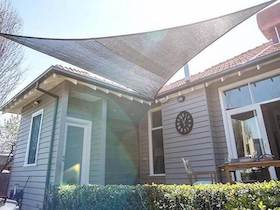
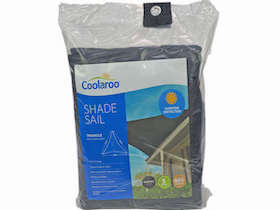
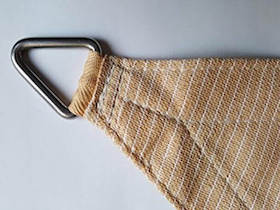
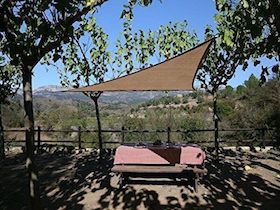
HDPE - The fabric that blocks UVHigh-Density Polyethylene (HDPE) fabric was invented by Gale Pacific (the parent company of Coolaroo) specifically to block ultraviolet (UV) radiation. The ability of the fabric to block UV rays is influenced by several factors in its composition and manufacturing.
Dark colors are best for shade but a lighter color is cooler as it reflects more sunlightThe choice between dark and light colors for shade sails involves a trade-off between UV protection and heat reflection. Here are the key considerations for both options:
|




